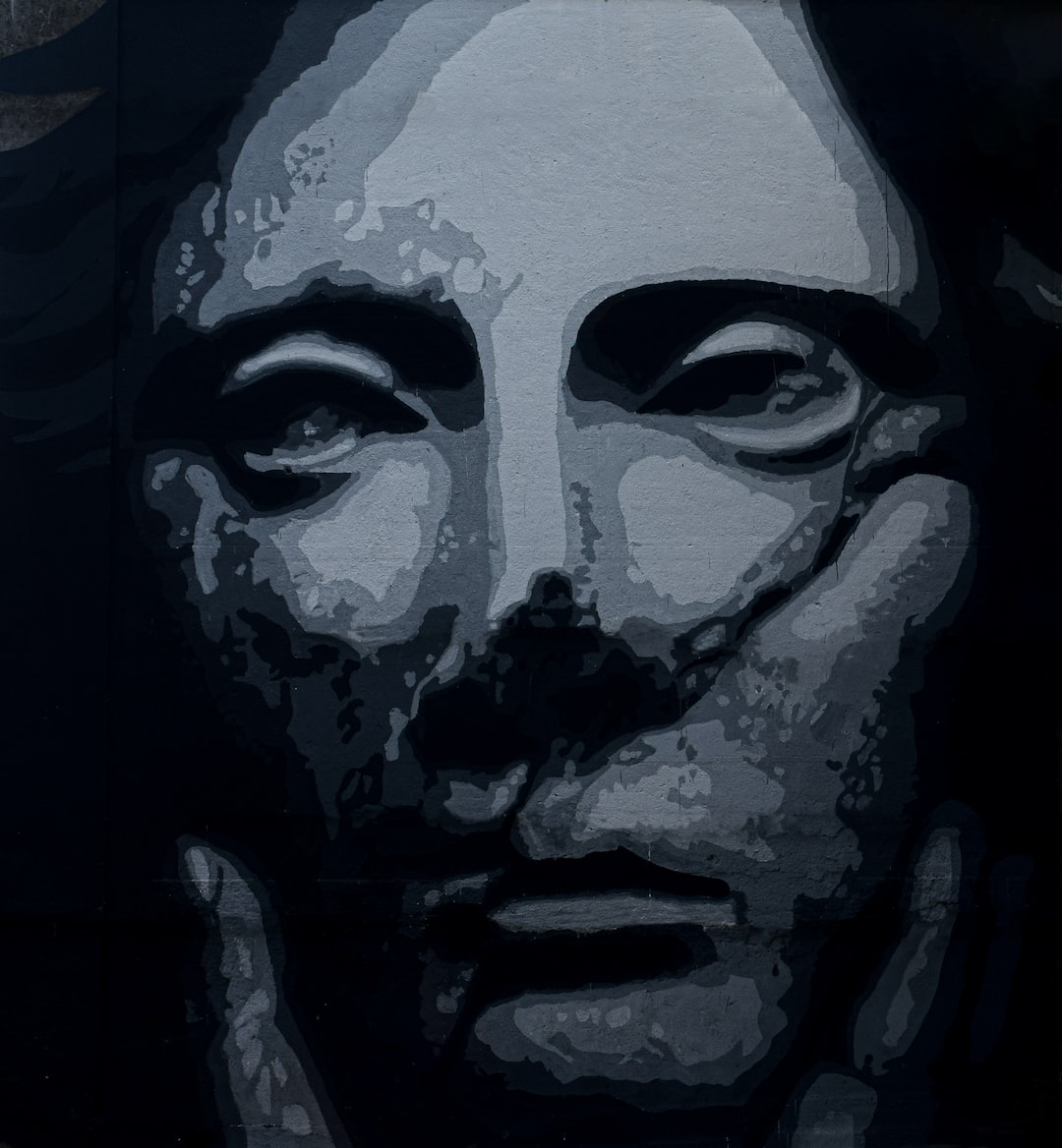The Role of Art in Social Change: Inspiring Activism and Empathy
Art has always been a powerful tool for social change. It has the ability to move hearts, inspire minds, and ignite passion within individuals. Throughout history, artists have used their creative expression to address social issues, challenge the status quo, and promote positive change. In this blog post, we will explore the role of art in social change, specifically how it inspires activism and empathy in society.
Art has the unique ability to capture emotions and experiences that words may struggle to express. Through their artwork, artists can convey the struggles faced by marginalized communities, shed light on societal injustices, and challenge the dominant narratives that perpetuate inequality. From the powerful photographs of Dorothea Lange during the Great Depression to the political graffiti on the streets of protest, art has the power to expose social issues and spark conversations that lead to action.
One way in which art inspires activism is by creating awareness of social issues. Art has the ability to bring attention to pressing problems, especially those that are often ignored or overlooked by mainstream media. Artists can use their platforms to shed light on topics such as racial inequality, gender discrimination, poverty, and environmental degradation, drawing attention to the urgent need for change. By bringing these issues to the forefront of public consciousness, art motivates individuals to take action and become agents of change in their communities.
Furthermore, art has the ability to evoke empathy in its audience. When we connect with a piece of art, we are transported into the shoes of someone else, enabling us to see the world through their eyes. By depicting the raw human experience, art can break down barriers, challenge prejudices, and foster understanding and compassion. This empathy is a crucial component of social change, as it enables individuals to recognize the humanity of others, even if they come from different backgrounds or have different beliefs.
Art also plays a significant role in amplifying marginalized voices. Historically, many voices have been silenced, but art provides a platform for these voices to be heard and respected. For example, the Harlem Renaissance in the 1920s and 1930s was a cultural movement that showcased African-American literature, music, theater, and visual art. By highlighting the talents and perspectives of African-Americans, the Harlem Renaissance challenged stereotypes and paved the way for greater acceptance and recognition of their contributions to society.
Moreover, art has the power to challenge the status quo and envision alternative futures. By imagining new possibilities and questioning existing systems, artists can inspire people to actively work towards a better world. Art can break free from the constraints of reality, allowing us to envision a world without poverty, inequality, or discrimination. This vision of a better future acts as a catalyst for change, motivating individuals to work towards bringing that vision to life.
In recent years, art has played a prominent role in social movements across the globe. From the feminist protest artwork of the Guerrilla Girls to the political and social satire of Banksy, art has helped mobilize people and spark conversations on crucial topics. Art can reach individuals on an emotional level, making it a powerful tool for change. Through art exhibitions, performances, and installations, artists bring people together, fostering a sense of community and shared purpose.
In conclusion, art has a vital role to play in social change. It has the power to inspire activism, create awareness, foster empathy, amplify marginalized voices, and envision alternative futures. Artists have a unique ability to challenge the status quo, provoke thought, and mobilize people towards positive action. By harnessing the power of art, we can create a society that is more just, equitable, and compassionate. Let us appreciate and support the artists who use their talents to inspire us and spark change.

